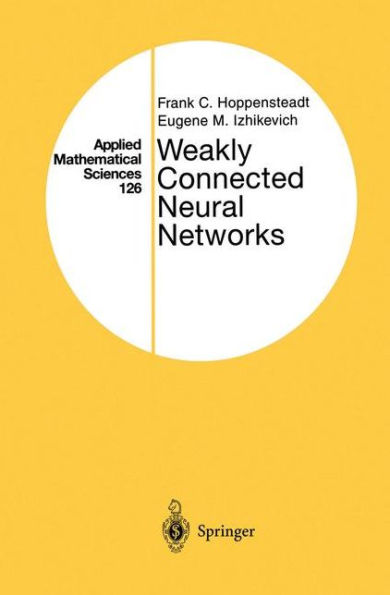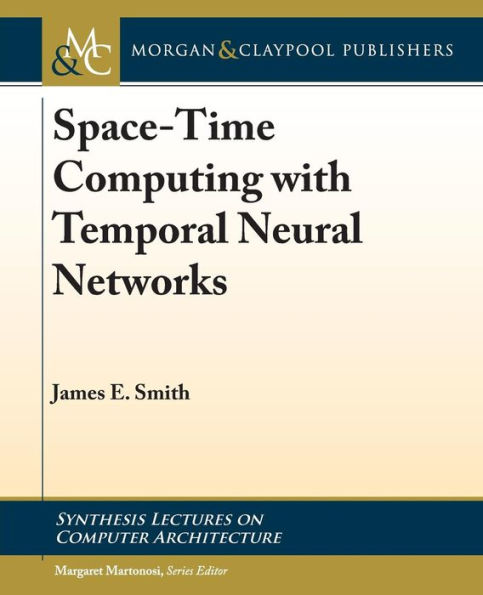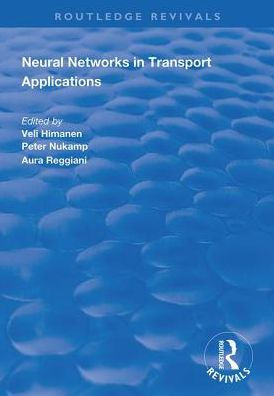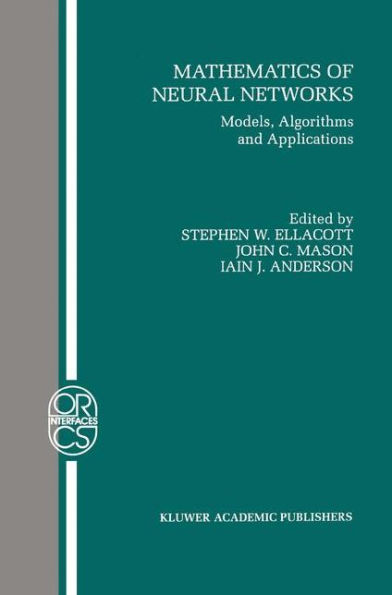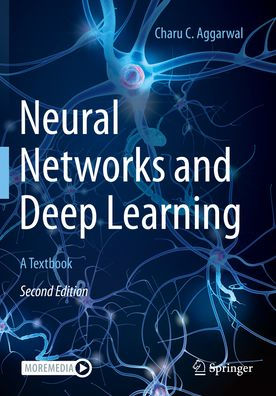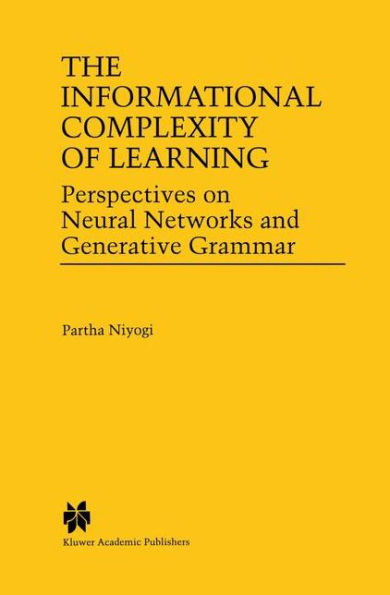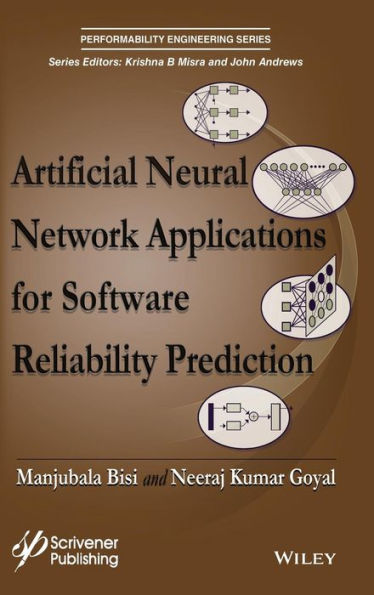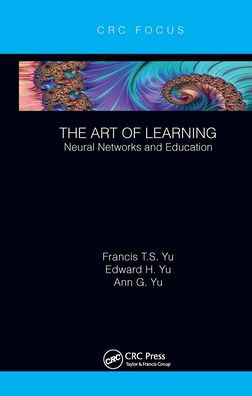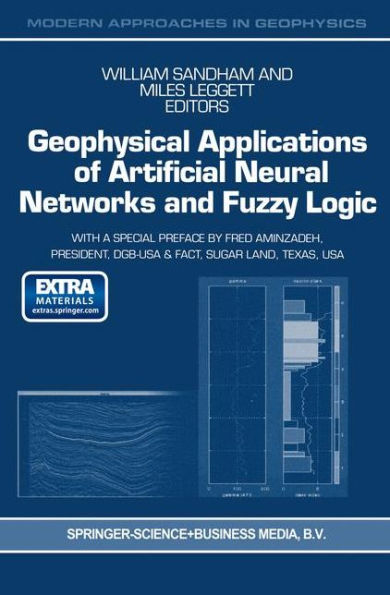Home
Learning and Generalisation: With Applications to Neural Networks / Edition 2
Loading Inventory...
Barnes and Noble
Learning and Generalisation: With Applications to Neural Networks / Edition 2
Current price: $199.99
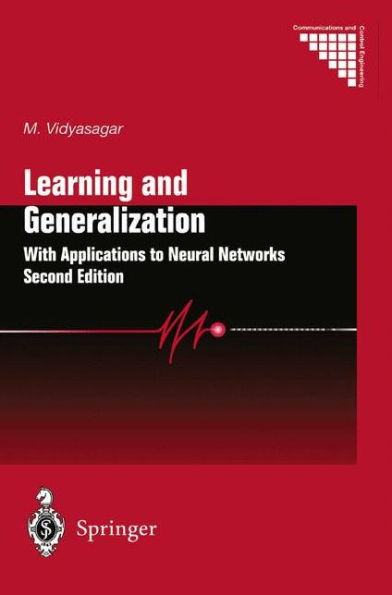

Barnes and Noble
Learning and Generalisation: With Applications to Neural Networks / Edition 2
Current price: $199.99
Loading Inventory...
Size: OS
*Product Information may vary - to confirm product availability, pricing, and additional information please contact Barnes and Noble
Learning and Generalization provides a formal mathematical theory addressing intuitive questions of the type:
• How does a machine learn a concept on the basis of examples?
• How can a neural network, after training, correctly predict the outcome of a previously unseen input?
• How much training is required to achieve a given level of accuracy in the prediction?
• How can one identify the dynamical behaviour of a nonlinear control system by observing its input-output behaviour over a finite time?
The second edition covers new areas including:
• support vector machines;
• fat-shattering dimensions and applications to neural network learning;
• learning with dependent samples generated by a beta-mixing process;
• connections between system identification and learning theory;
• probabilistic solution of 'intractable problems' in robust control and matrix theory using randomized algorithms.
It also contains solutions to some of the open problems posed in the first edition, while adding new open problems.
• How does a machine learn a concept on the basis of examples?
• How can a neural network, after training, correctly predict the outcome of a previously unseen input?
• How much training is required to achieve a given level of accuracy in the prediction?
• How can one identify the dynamical behaviour of a nonlinear control system by observing its input-output behaviour over a finite time?
The second edition covers new areas including:
• support vector machines;
• fat-shattering dimensions and applications to neural network learning;
• learning with dependent samples generated by a beta-mixing process;
• connections between system identification and learning theory;
• probabilistic solution of 'intractable problems' in robust control and matrix theory using randomized algorithms.
It also contains solutions to some of the open problems posed in the first edition, while adding new open problems.

